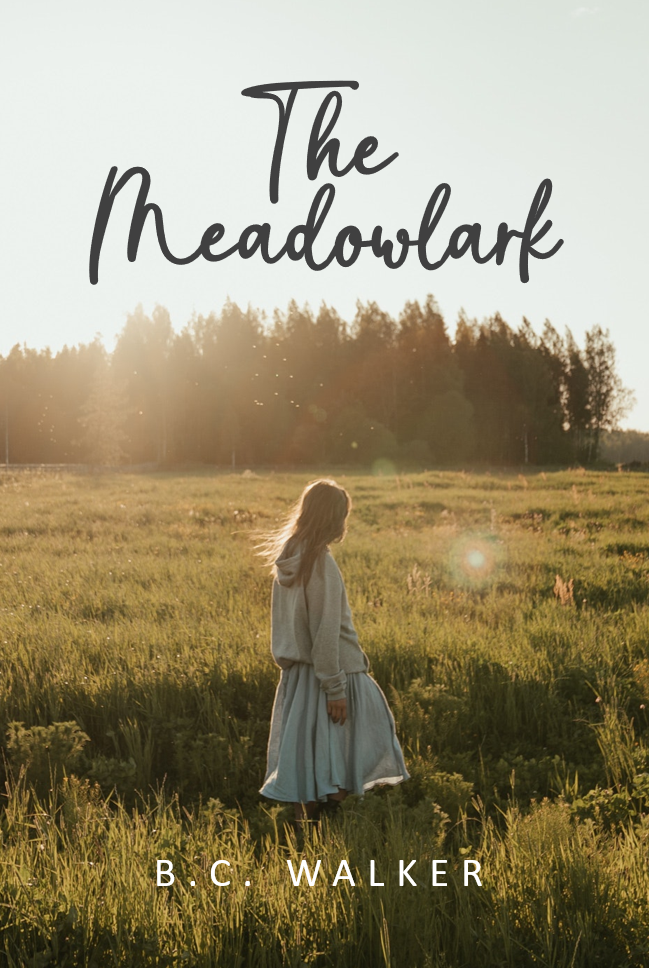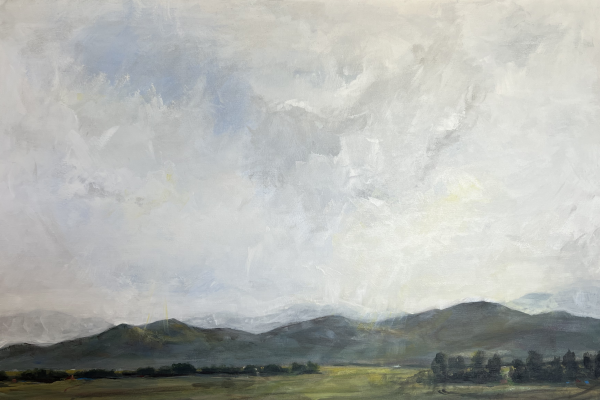Recent Field Notes
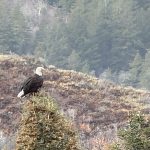 {#45} Eagles in the Sky - I had just flipped a U-turn at the top of South Fork Canyon and started heading back down when I saw it—first only a lazy V of a large, dark…
{#45} Eagles in the Sky - I had just flipped a U-turn at the top of South Fork Canyon and started heading back down when I saw it—first only a lazy V of a large, dark… 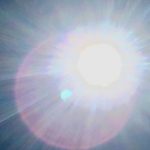 {#44} Storing Sunlight - Trees don’t grow from the ground—they grow from the air. Here’s how: leaves pull in carbon dioxide, and sunlight breaks the molecule apart, sending the oxygen back into the sky…
{#44} Storing Sunlight - Trees don’t grow from the ground—they grow from the air. Here’s how: leaves pull in carbon dioxide, and sunlight breaks the molecule apart, sending the oxygen back into the sky…  {#43} A Swiftly Tilting Planet - Madeleine L’Engle once borrowed this phrase for a story about time, light, and the battle between darkness and hope. I’ve borrowed it again because the title itself feels like a…
{#43} A Swiftly Tilting Planet - Madeleine L’Engle once borrowed this phrase for a story about time, light, and the battle between darkness and hope. I’ve borrowed it again because the title itself feels like a…  {#42} Names We Hear and Smell, Names We Don’t - We don’t always see, hear, or smell what others once did. Those who named plants, though, must have. They lingered long enough to catch the quiver, the sting, the fragrance.…
{#42} Names We Hear and Smell, Names We Don’t - We don’t always see, hear, or smell what others once did. Those who named plants, though, must have. They lingered long enough to catch the quiver, the sting, the fragrance.… 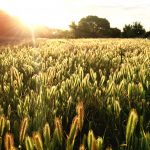 {#41} Grounded - With the seasons changing, I’m writing this in near-dark early one morning. My screen glows in my face—an otherworldly glow that illuminates my workspace. Out of habit, I unplugged my…
{#41} Grounded - With the seasons changing, I’m writing this in near-dark early one morning. My screen glows in my face—an otherworldly glow that illuminates my workspace. Out of habit, I unplugged my… 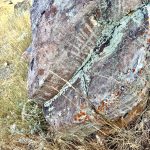 {#40} Center of Gravity - I took some family members hiking recently to see if we could locate Native American rock art in the foothills near town. A year earlier I’d dropped a pin in…
{#40} Center of Gravity - I took some family members hiking recently to see if we could locate Native American rock art in the foothills near town. A year earlier I’d dropped a pin in… Book—The Meadowlark
Overview
In 1885, southeastern Idaho was the last part of the country to open for homesteading. Young Cassie Rapp arrives with her family to farm a country overrun by sagebrush and lacking water. With others they meet, they harness the mighty Snake River and turn 100,000 acres of barren earth into the rich farm community it is today.
Meanwhile, modern-day character Emma Rose, a notable speaker and business consultant, is trying to make sense of her recently deceased father’s request to be buried in a small Idaho town. Her journey of discovery begins from there.
News, Coverage, and Updates
Podcast: Interview on “Start Writing #134” (YouTube or all platforms)
Audible audio version now available here.
Read coverage in East Idaho Business Journal – “East Idaho Native captures the feeling of hometown Rigby”
Fine Art
No one is born an artist, or at least that’s what I tell myself. I actually know a few natural-born artists who, of course, have honed their craft and created masterpieces. My self-taught, hack approach has produced nothing but delight (for me!) as I have learned to capture what I see rather than what I know—that pine trees aren’t always green and light does curious things to the eves of a building and elements off in the distance.
Heaven & Earth (16×20, floater frame, $1,250)
Additional Art

About Field Notes
Field Notes began as a practice in mindful attention—capturing fleeting moments and letting meaning emerge. I hope these essays meet you where you are, offering fresh perspective, connection, or an invitation to pause and notice what’s already here. In a world that rushes past the sacred, this is my effort to carve out space for reflection, questions that linger, and the kind of noticing that deepens life.
If it resonates, I’m glad you’re here.

